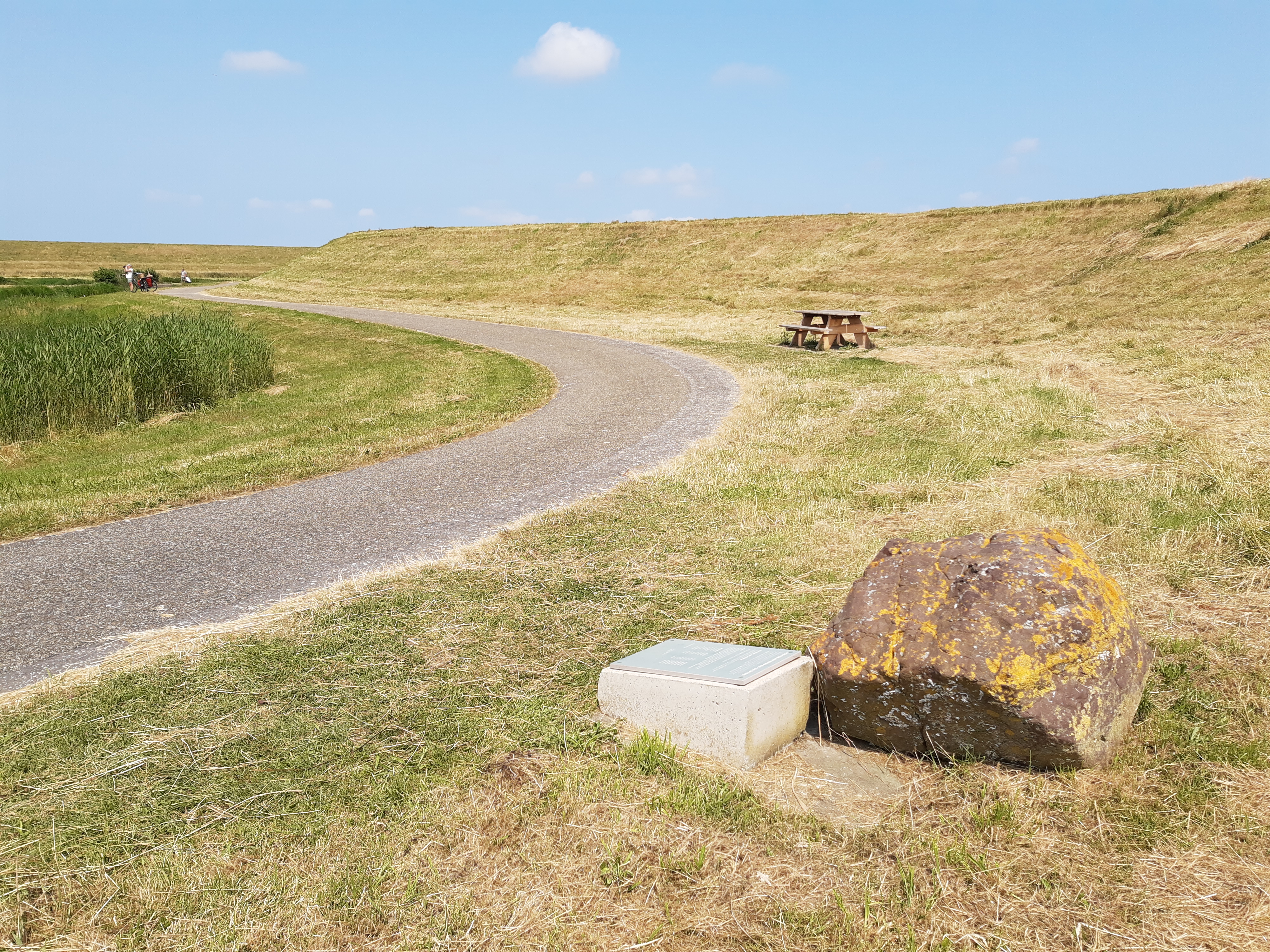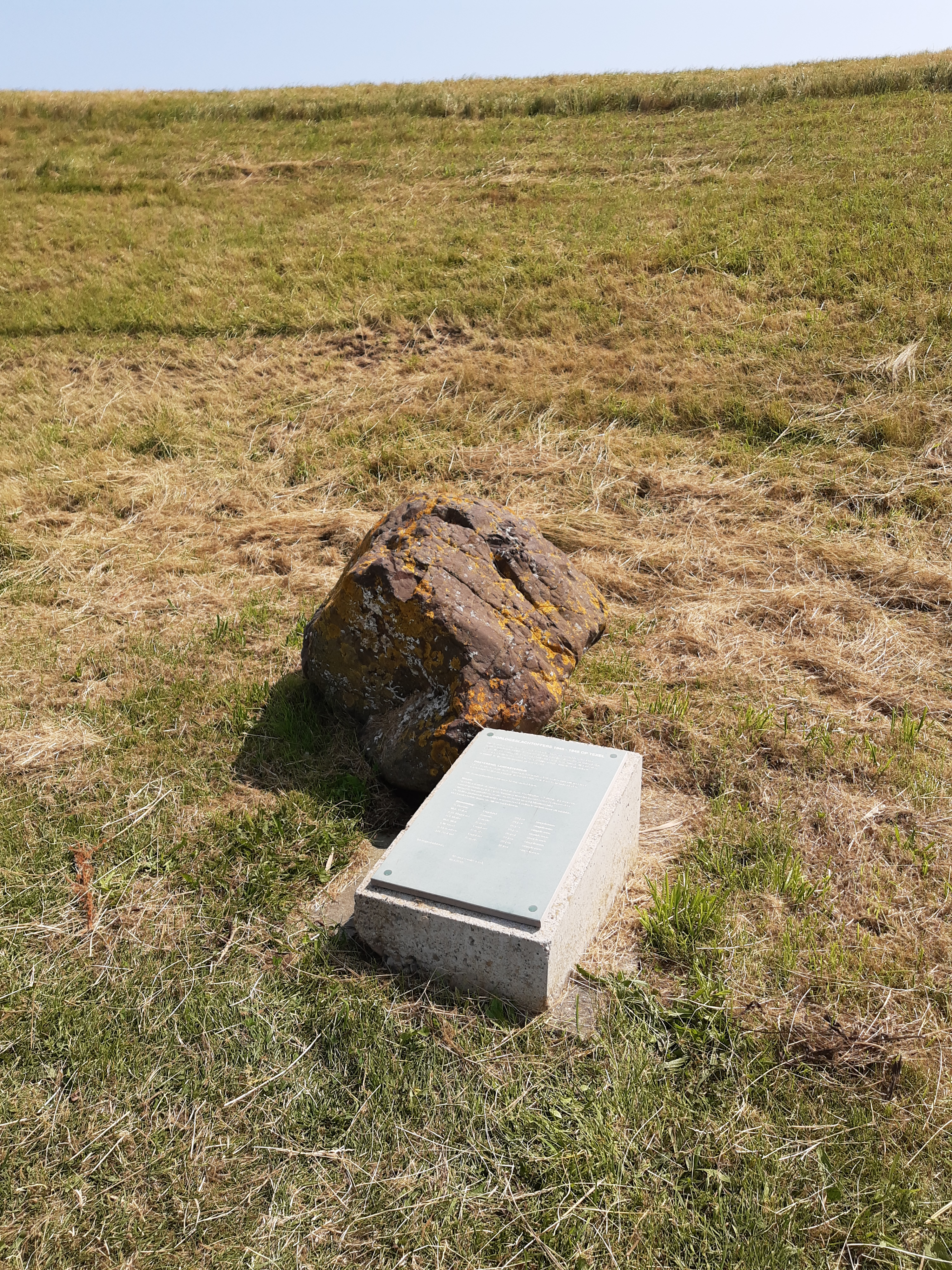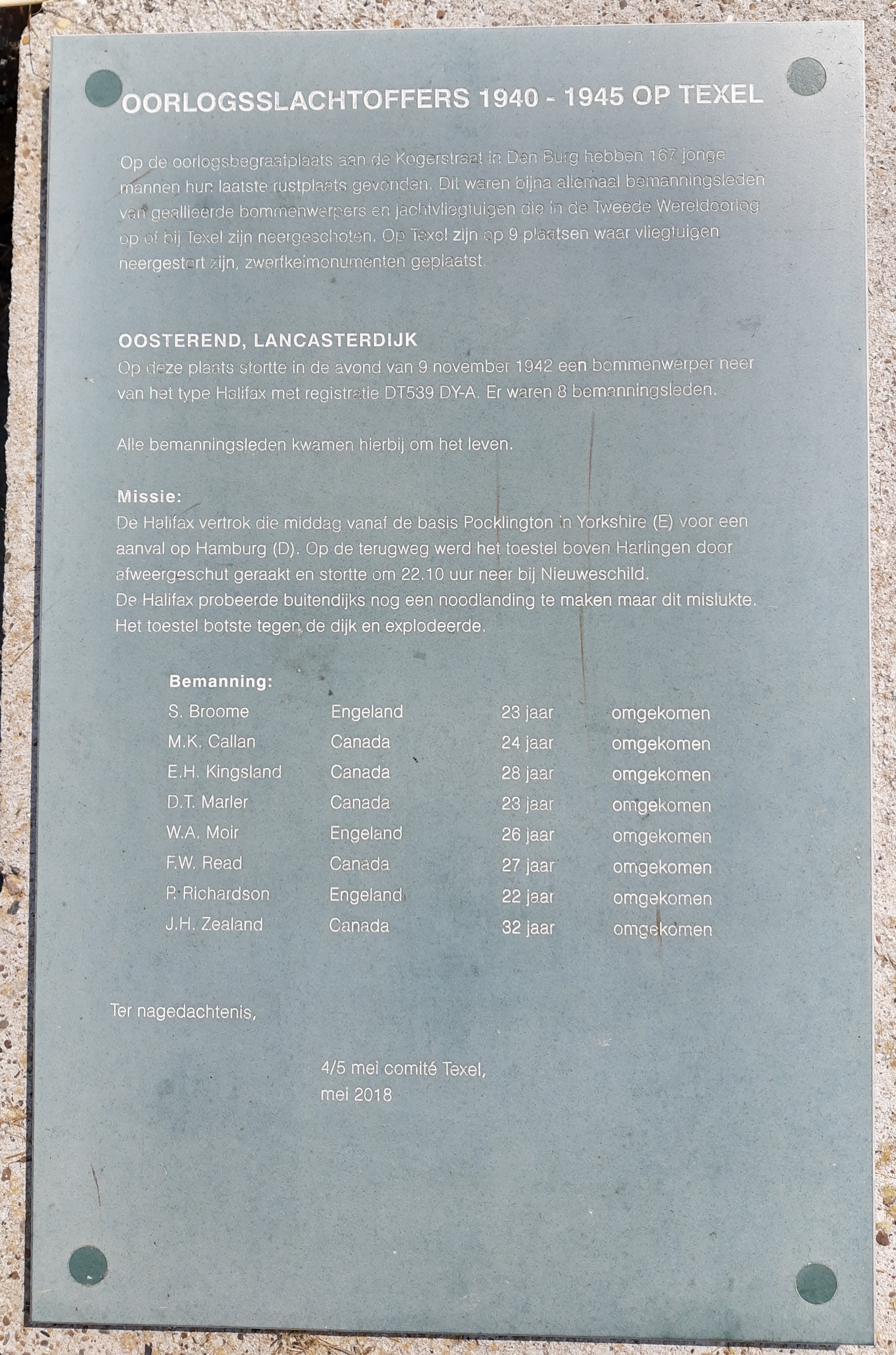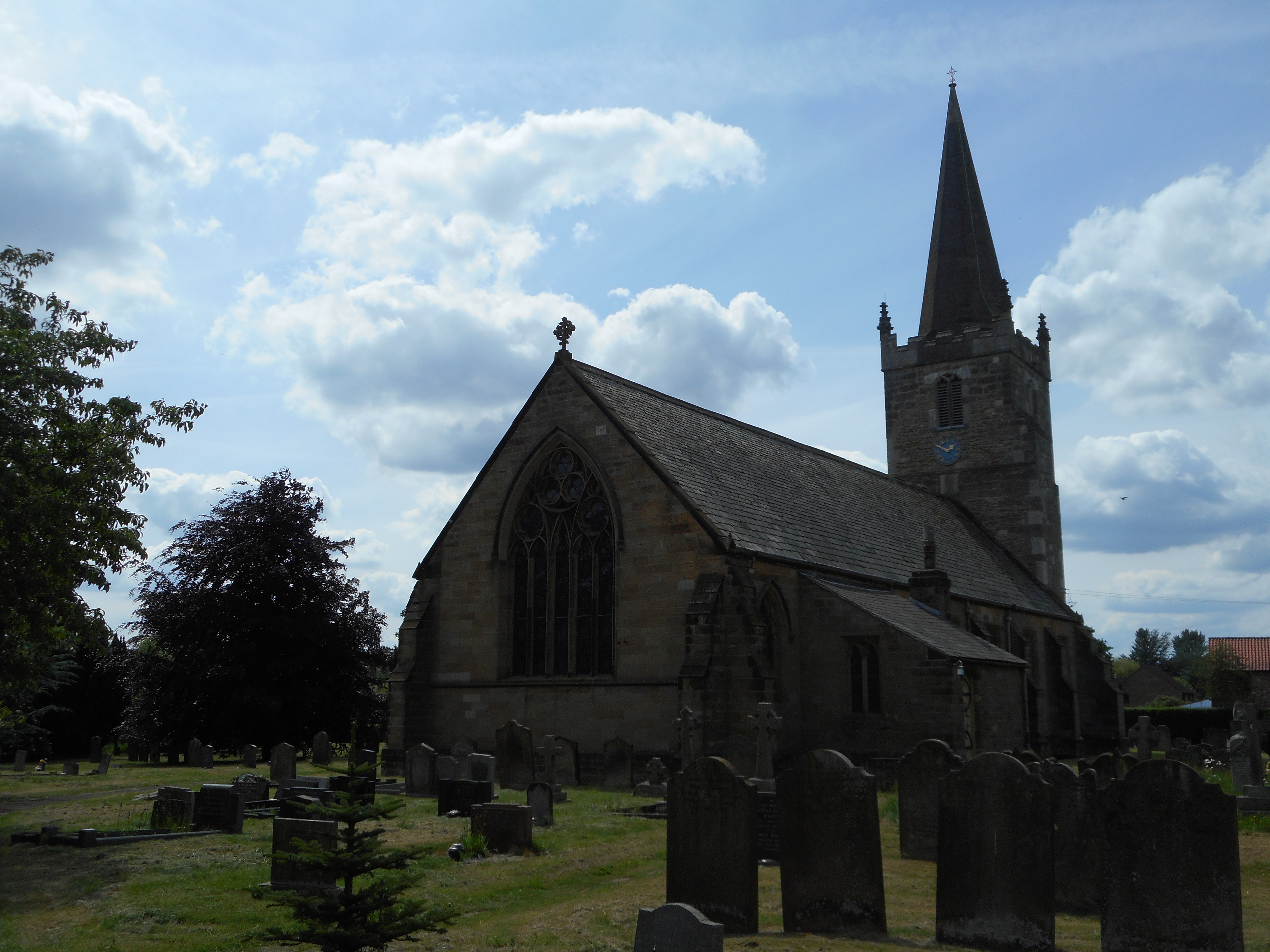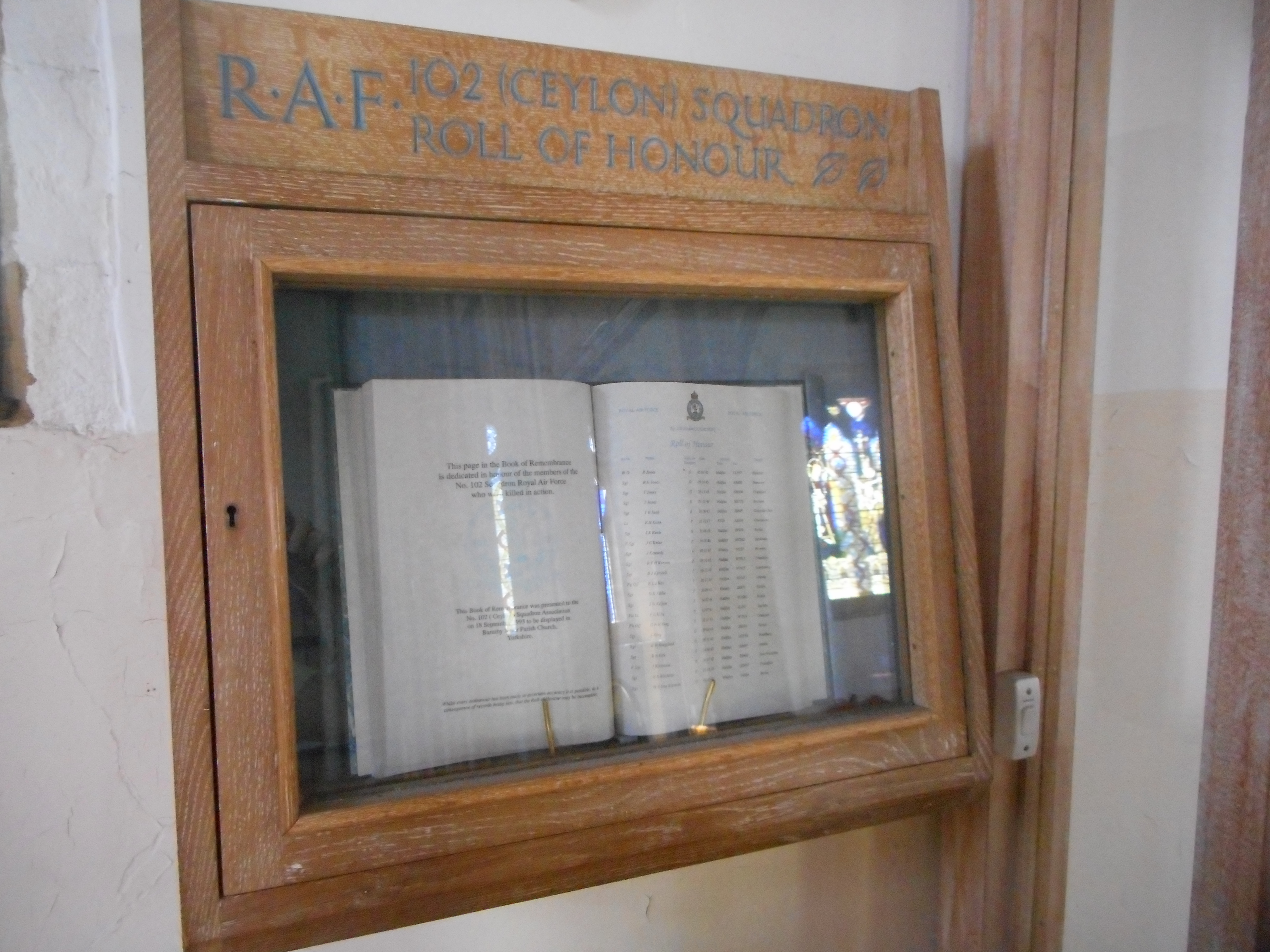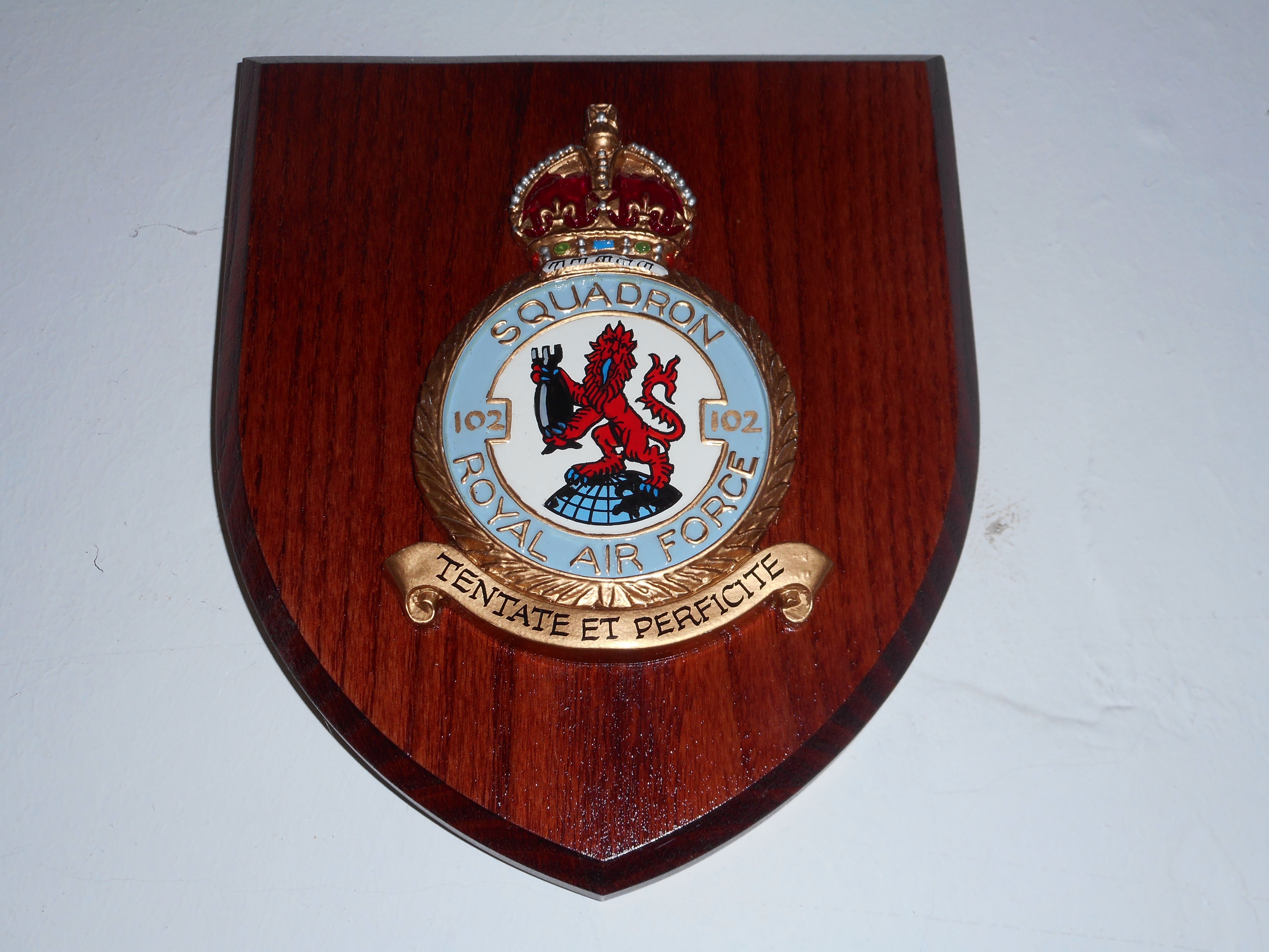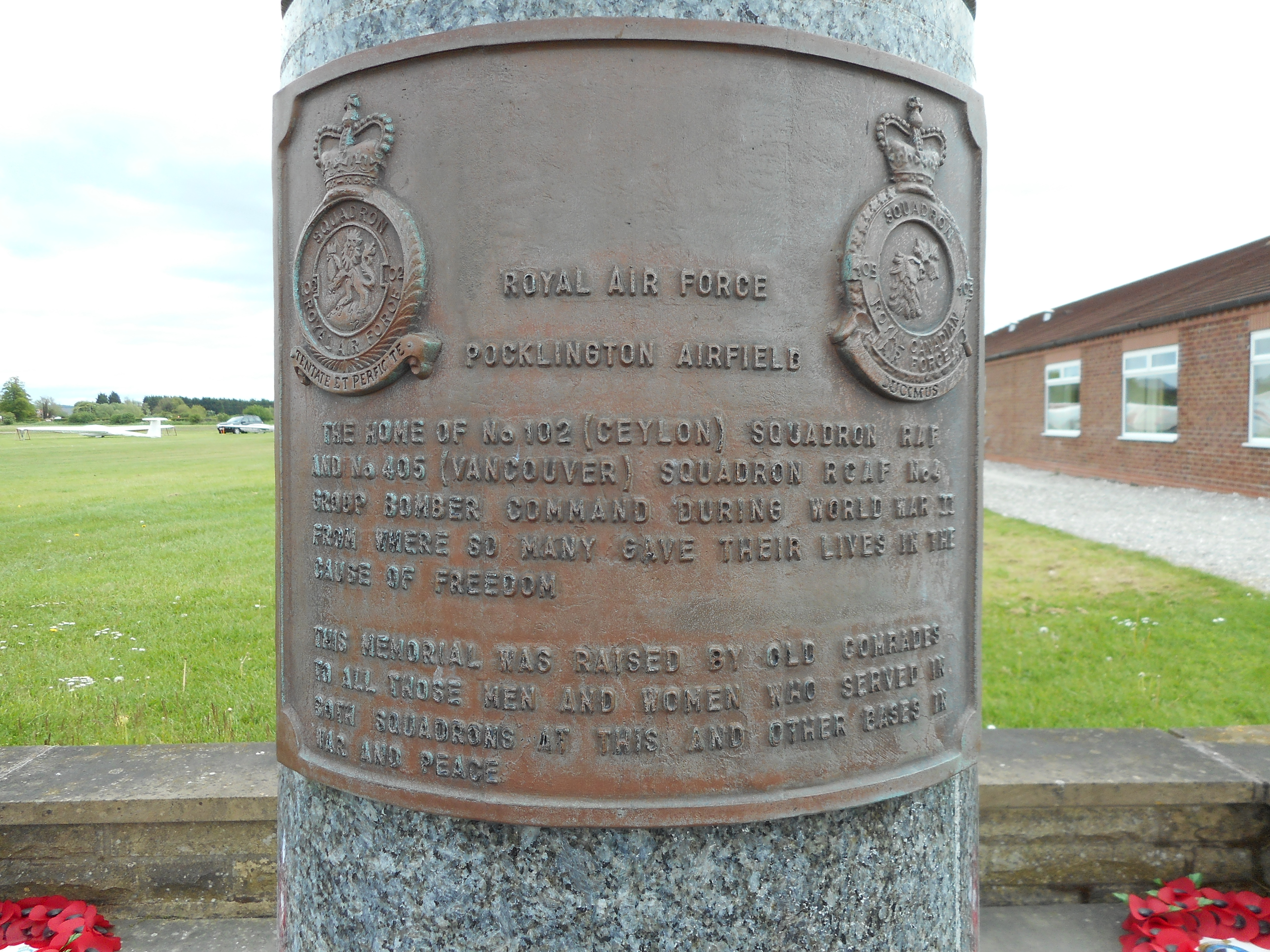Callan, Morris Kolesky
Personal Information
| Rank | F/S |
| Forename(s) | Morris Kolesky |
| Surname | Callan |
| Gender | M |
| Age | 24 |
| Date of Death | 09-11-1942 |
| Next of Kin | Son of Max Callan and Fanny Callan (née Spigelua), of Winnipeg, Manitoba. |
Aircraft Information
| Aircraft | Handley Page Halifax II |
| Serial Number | DT539 |
| Markings | DY-A |
Memorial Information
| Burial/Memorial Country | Netherlands |
| Burial/Memorial Place | Texel (Den Burg) Cemetery |
| Grave Reference | Plot K. Row 6. Grave 135. |
| Epitaph |
IBCC Memorial Information
| Phase | 2 |
| Panel Number | 140 |
Enlistment Information
| Service Number | R/90563 |
| Service | Royal Canadian Air Force |
| Group | 4 |
| Squadron | 102 (Ceylon) |
| Squadron Motto | Tenate et perficite (Attempt and achieve) |
| Trade | WOp/AG |
| Country of Origin | Canada |
Other Memorials
| Location | Callan Island, Manitoba; Within Stephens Lake |
| Country | Canada |
| Memorial Type | Island |
| Memorial Text |
| Location | De Zandkes, Texel (Oosterend), Noord-Holland Province |
| Country | the Netherlands |
| Memorial Type | Memorial stone and stencilled composite information plaque |
| Memorial Text |
Oosterend, Lancasterdijk. Op deze plaats stortte in de avond van 9 November 1942 een bemmenwerper neer van het type Halifax met registratie DT539 DY-A. Er wren 8 bemanningsleden. Alle bemanningsleden kwamen hierbij om het leven.
Translation "Oosterend, Lancasterdijk. On the evening of 9 November 1942, a Halifax bomber registration DT539 DY-A crashed at this place. There were 8 crew members. All the crew members lost their lives" |
| Location | St. Catherine's Church Barmby Moor, East Yorkshire |
| Country | United Kingdom |
| Memorial Type | Roll of Honour in wall mounted wooden case, Sqn Badge above |
| Memorial Text | 102 (Ceylon) Sqn Roll of Honour and Sqn badge |
| Location | Pocklington Gliding Club, Pocklington Airfield, Easy Yorkshire |
| Country | United Kingdom |
| Memorial Type | Stylised Memorial with inscribed metal plaque |
| Memorial Text | Memorial to 102 (Ceylon) Sqn RAF and 405 (Vancouver) Sqn RCAF which served at RAF Pocklington during WW2 |
Miscellaneous Information
| Morris was born on 27 November 1917 in Winnipeg, Manitoba. Both of his parents were born in Russia. His father was a Tailor, born in Kiev and his mother in Odessa. They lived in Selkirk Avenue, Winnipeg. He was one of six children and had two sisters Mary and Sally, and brothers Irvin, Sammy and Harry who was in the RCAF in Saskatoon. Morris went to King Edward School and then Isaac Newton School where he attained High School Entrance and Junior Matric. He achieved grade X and XI Standing in 1934. His sporting activities were hockey, boxing and basketball and his other interest was model aeroplanes. He worked at Macassa Gold Mines, Kirkland Lake as a Machine Man from 1939 onwards and had also worked as a labourer on construction. Between 22 November 1940 and 12 March 1941, Morris was with the 2nd Bn. Algonquin Regiment at North Bay where he then enlisted. |
| Following his enlistment on 12 March 1941 and early training, he was sent to the U.K. where he arrived on 20 February 1942 at 3 PRC. Morris then went on to ISS 24 March 1942, 3 AOS 30 April 1942, 22 OTU 9 June 1942, arriving at 102 Conversion Flight on 24 August 1942 and 102 Squadron on 24 September 1942. |
| Lost on the same operation as R/69426 F/Sgt. W.S. Bourke of 425 Squadron. They both hailed from Winnipeg, worked in the same mines before enlisting and most likely knew one another. |
Commonwealth War Graves Commission
The National Archives
| Record of Events (Operational Record Book) AIR 27/808/40 |
| Summary of Events (Operational Record Book) AIR 27/808/39 |
Fellow Servicemen
Please note that this list gives all the losses aboard the quoted aircraft and occasionally these may have occurred on an earlier date when the aircraft was not itself lost. Please check the dates of death carefully.
Last Operation Information
| Start Date | 09-11-1942 |
| End Date | 10-11-1942 |
| Takeoff Station | Pocklington |
| Day/Night Raid | Night (3% moon) |
| Operation | Hamburg. 213 aircraft, 15 losses (7.0%). Many weather problems, including cloud, wind and icing, and absence of a successful PFF marker conspired to make this raid relatively unsuccessful |
| Reason for Loss | Hit by flak and crashed at Oosterend on the Dutch island of Texel |
